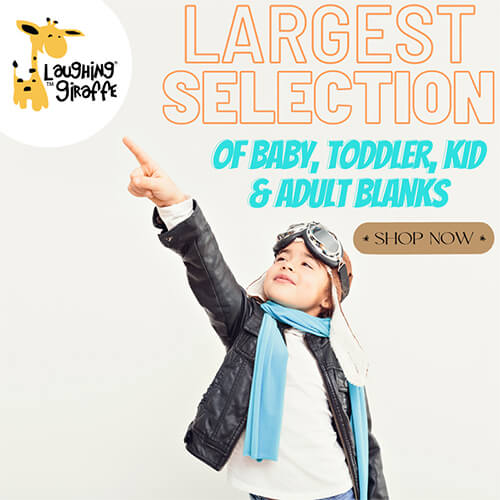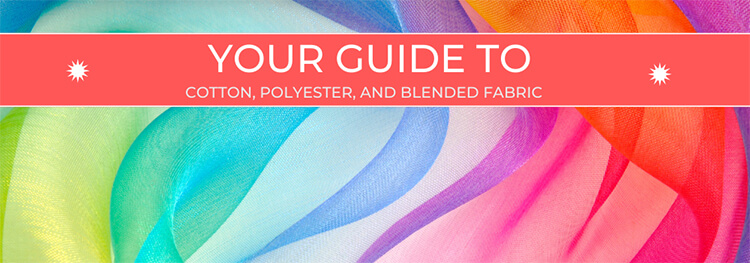We created and easy to follow guide to cotton, polyester, and blended fabrics. It is essential to know the difference between cotton, polyester, and cotton-polyester blends (also known as cotton-poly blends) if you’re running your own screen printing or t-shirt business. Each fabric has its own advantages and disadvantages. Especially when it comes to how they’re printed.
It can be enticing to use low cost fabrics for your designs, but there are things you need to consider first. Think about your customers and how you represent your brand. Don’t forget that the fabric of your clothing has to compliment not only your chosen niche market but your designs as well.
Let’s dive right in…
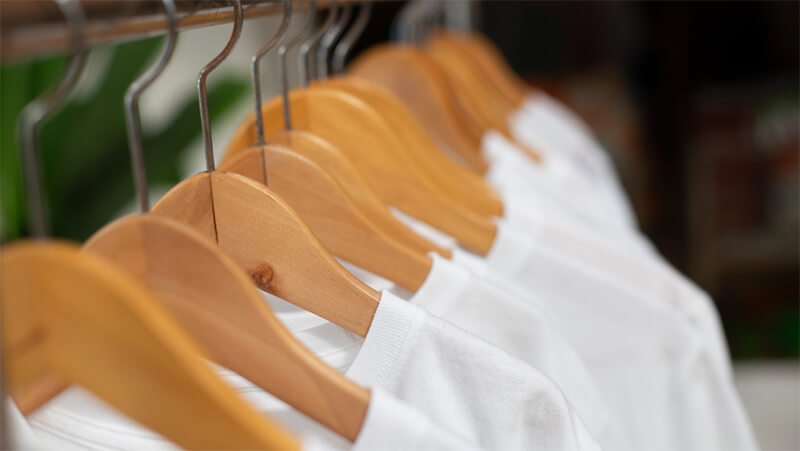
Cotton
Cotton is a 100% breathable fabric made of natural fibers. Which makes it cheaper and more cost-effective for suppliers to make. It is the best choice for people with allergies or sensitive skin. The material is breathable and made from nature.
Making it the go-to fabric for many clothing companies, as it’s very versatile. Cotton can be transformed into denim, flannel, jersey, and more. The downside of cotton is it can be very thick, making printing on it a little bit more difficult and prone to cracking. Rips and tears can happen over time as the material wears out. Another thing to consider is that cotton can shrink considerably in high temperatures.
When printing on cotton, we recommend DTG printing, heat press, and screen printing. Of course embroidery and monogramming work well for 100% cotton garments.
Sublimation printing on cotton is not ideal. Although, it can be done depending on your printing machine, the thickness of the cotton, and your skills.
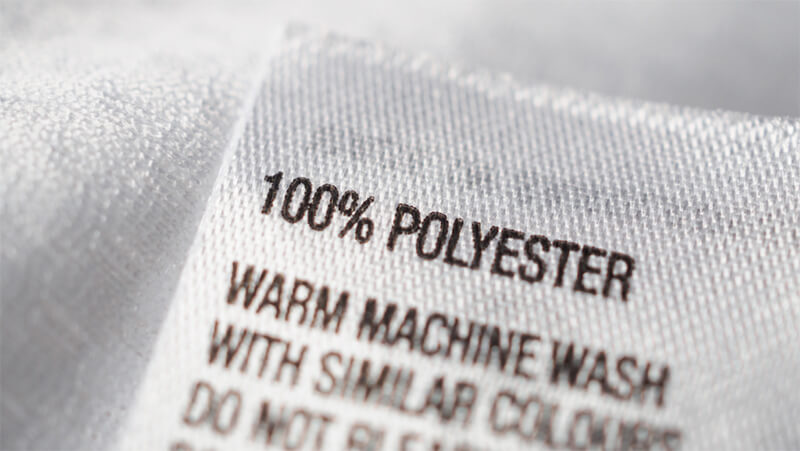
Polyester
Polyester is a man-made fiber that derives from petroleum-based products. It is becoming increasingly popular in the clothing industry due to crafters and t-shirt designers using it for sublimation printing.
Because polyester has a very soft, silky feel. Unlike cotton, it’s not breathable, it traps sweat and moisture. It’s not ideal for warmer weather, it does stay warm in cooler weather. Great for form-fitting clothing, it’s stretchy and can snap back into place. It doesn’t lose its shape like cotton can over time.
It’s also more durable than cotton, holding up to wash after wash. Polyester is taking the children’s clothing — baby and kids’ clothing industry by storm due to its long-lasting fibers. Added bonus is that it’s stain and wrinkle-resistant.
The cons of polyester are that it can irritate those with sensitive skin and be a little bit more difficult to screen print on, making it more expensive for the customer.
Printing on polyester requires very low heat and a lot of patience. However, sublimating on polyester is a lot easier than traditional printing methods and very popular currently. 100% polyester creates beautiful vibrant printing that never fades or cracks unlike screen printing. Allowing the t-shirt designer’s prints to stay perfect even after multiple washes.
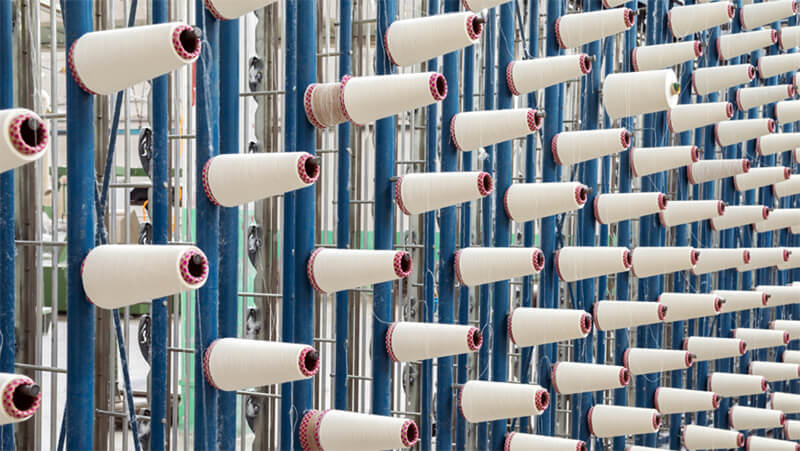
Polyester Cotton Blend
Polyester-cotton blend fabrics combine the strength of the two fibers. Blends include 65% polyester, 35% cotton, or 50% cotton, 50% polyester. Poly-cotton clothing is breathable, tear-resistant and is an abrasion-resistant, like material.
They also maintain their shape like 100% polyester garments and are breathable due to the cotton element. Which provides the ultimate in comfort. Due to the wrinkle-resistant properties of polyester, it continues to look crisp.
The cotton-polyester blend is versatile and can be used to make everything from bedding to shirts. It’s a great choice for clothing designers looking to find blank shirts that can be used for a variety of printing styles.
Our favorite brand is The Laughing Giraffe®, they offer high quality polyester cotton blends as well as cotton, cottonlite and polyester. They’re ranked the highest in baby and children’s clothing.
Printing on cotton-poly blends works with DTG, heat press, vinyl, and screen printing, you name it and it can be done. Sublimating blends is hard to maintain vibrant colors due to the cotton.However, it provides a faded vintage look. If your brand has a retro look is the perfect material.
Conclusion
Well there you have it, each fabric has its own unique properties, advantages, and disadvantages. It’s wise to order samples of each from your wholesale distributor to try different printing techniques. Of course, YouTube has a wealth of information from seasoned pros to help you with your custom printed tees.
